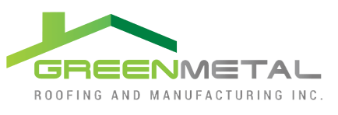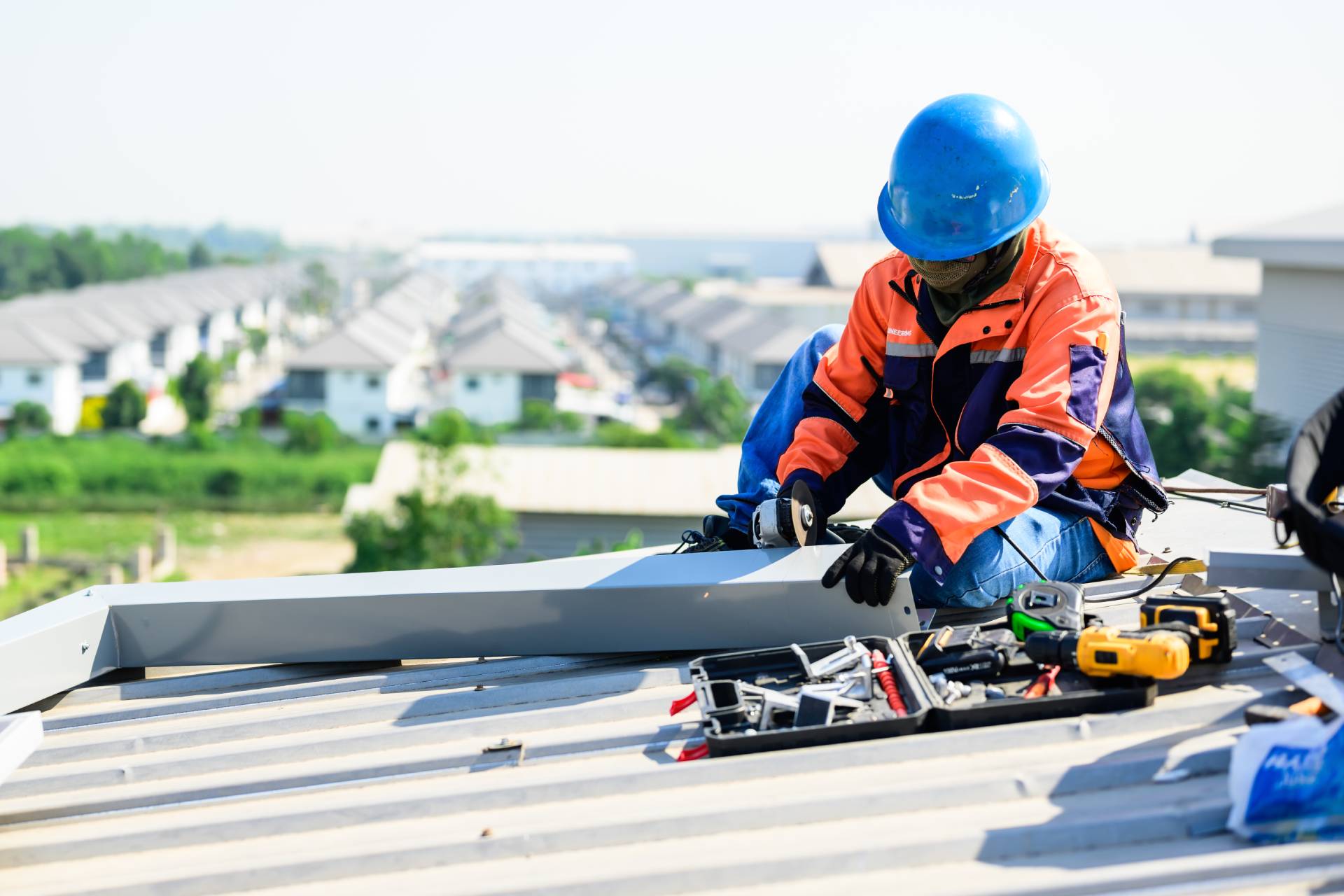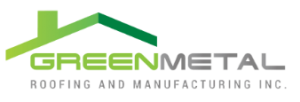With advancements in roofing technology, metal roofs have evolved over time. Today’s metal roofing systems are made with more durable materials, built with innovative installation mechanisms, and come in a variety of profiles, designs, and colours.
Here are the ways metal roofing technology has evolved over time:
Materials and Coating
Traditionally, metal roofs were primarily made from materials like corrugated iron or steels. Modern metal roofing options include a wide range of materials, such as aluminum, copper, zinc, and stainless steel. Each material offers different benefits in terms of durability, longevity, and appearance. Advances in coating technology have greatly improved the performance of metal roofs. Coatings with reflective properties help reduce solar heat absorption, keeping the roof surface cooler and lowering energy consumption for cooling. The combination of durable materials and protective coatings helps prevent damage from environmental factors, reducing the need for repairs or replacement over time. Routine maintenance tasks, such as cleaning and inspection, are also easier to perform on coated metal roofs. The synergy between roofing materials and coatings has resulted in metal roofing systems with superior performance characteristics.
Profiles and Designs
Modern metal roofing systems offer a wide range of profiles and designs to suit various architectural styles and project requirements. Traditional profiles like corrugated panels are still available, but there are also options such as standing seam, ribbed panels, shingles, tiles, and shakes. Advancements in profile design have expanded the architectural flexibility of metal roofing systems. Manufacturers can produce metal panels in custom shapes, sizes, and configurations to accommodate unique roof geometries, curves, slopes, and angles. This flexibility allows for creative and innovative roof designs that enhance the visual appeal of building while still providing reliable protection and performance. With advancements in profiles and designs, homeowners, architects, and designers can choose a metal roofing system that complements the overall look and feel of the building, whether it is contemporary, traditional, or rustic.
Installation Methods
Installation techniques have evolved to make metal roofing more accessible and efficient. Innovations like concealed fastening systems and snap-lock panels have made installation faster and easier while also improving the overall appearance of the roof by reducing the visibility of fasteners. Traditional metal roofing systems often used exposed fasteners, which could be prone to leaks over time. Concealed fastening systems use hidden fasteners that are installed underneath the roofing panels, providing a more secure and weather-resistant attachment method. Snap-lock panels feature interlocking seams that snap together during installation, eliminating the need for separate fasteners or sealants. This innovative installation method simplifies the assembly process and reduces the risk of installation errors. Snap-lock panels also create a tight seal between adjacent panels, enhancing the weather resistance and structural integrity of the roof. Overall, advancements in installation methods have made metal roofing systems more accessible, reliable, and cost-effective.
Insulation and Ventilation
Enhanced insulation materials and techniques help reduce heat transfer through the roof, improving the energy efficiency of buildings with metal roofing systems. Insulation materials installed beneath the metal roof minimize thermal bridging and heat loss or gain. Cool roof technologies, including cool roof coatings and pigments, enhance the solar reflectance and thermal emissivity of metal roofing systems, making them more energy-efficient and environmentally friendly. Moreover, adequate ventilation is essential for maintaining optimal indoor air quality, controlling moisture levels, and preventing condensation in buildings with metal roofing systems. Proper ventilation systems allow for the exchange of air between the interior and exterior of the building, reducing the buildup of heat and humidity in the attic space. Ventilation helps prolong the lifespan of the roof by preventing moisture-related problems, such as mold growth, wood rot, and corrosion of metal components. By integrating insulation and ventilation technologies into metal roofing systems, designers, builders, and homeowners can create sustainable and high-performance building envelopes that contribute to a healthier, more comfortable, and more energy-efficient environment.
Sustainability
Metal roofing is inherently sustainable due to its long lifespan, recyclability, and energy efficiency. Recent advancements have focused on making metal roofs even more environmentally friendly by using recycled materials and reducing manufacturing waste. Many modern roofing materials are manufactured using recycled content, such as recycled steel, aluminum, and copper. By incorporating recycled materials into the manufacturing process, metal roofing manufacturers reduce the demand for virgin resources and minimize environmental impact. Metal roofing is also fully recyclable at the end of its lifespan. Metal roofing panels can be easily recycled and converted into new metal products without losing their inherent properties or performance characteristics. Recycling metal roofing materials reduces the need for raw material extraction, energy consumption, and greenhouse gas emissions associated with traditional manufacturing processes.
By learning about advancements in materials and coatings, profiles and designs, installation methods, insulation and ventilation, and sustainability practices, homeowners can choose metal roofing systems that offer superior durability, energy efficiency, aesthetic appeal, and environmental sustainability. The knowledge of the evolution of metal roofing technology enables homeowners to invest in long-lasting roofing solutions that enhance the value, comfort, and performance of their homes for years to come.


